
Art in Alternative Spaces

Art in Alternative Spaces
presents
Spirit of Africa
Exhibiting Artists
Amani Borah, George Keaton, Boruch Lev,
Robert Kameczura, Jacqueline Moses, Debra Nichols,
Paul Sager, and Maureen Warren
on exhibition at
Devonshire Cultural Center Gallery
4422 Greenwood St Skokie, IL 60076
In Complement to Devonshire Playhouse's production of Tarzan, the Musical
FREE Artist's Reception:
Friday, November 10, 2019 (2 pm - 4 pm)
On exhibition through January 12, 2020
Admission to the exhibition is FREE.
The Center’s regular viewing hours are Monday - Friday 8:30 am - 9pm;
Saturday and Sunday 8:30 am - 6 pm.
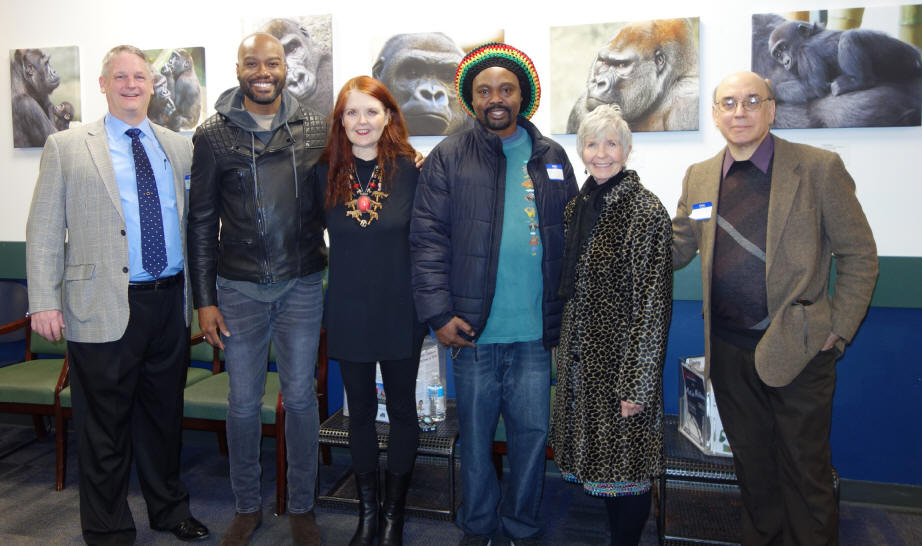
Amani Borah
Amani Borah was born in Mombasa, Kenya
in 1977. He is the youngest of eight children in a family of
cultural entertainers, dancers, and acrobats. As an acrobat, Amani has
traveled to many countries to perform. Amani began drawing as a
child using pencil. Later on, he worked with markers, paint pens,
acrylics, oils and glitter. His work is very detailed and is inspired by
dreams, everyday life, and symbols of Africa. Borah’s first solo
exhibition took place at the Oak Park Public Library (main branch) during
Black History Month in 2012. He has exhibited his art at Dancing Krow
Studio and at Oak Park Art District’s Third Friday Gallery.
Animals Eating 20 x
16" mixed media on canvas $300
Fishing Village 48 x
34" mixed media on canvas $900
Gardening Village 20
x 16" mixed media on canvas $300
Rasta Village 30 x 24"
mixed media on canvas $700
Happy Beach Day 20 x 16"
mixed media on canvas $300
Happy African Village 36 x
36" mixed media on canvas $800
Village Near River 20 x 16"
mixed media on canvas $300
Market Day 16 x 12" mixed
media on canvas $200
George Keaton
George Keaton is a self-taught
painter working and living in Chicago. Born in 1980, his creative energy was
sparked when at the age of four, his father showed him how to draw the wheels of
a car with a nickel. Over the next 20 years, living between NYC, Atlanta &
Chicago, he sketched a lot, exploring different techniques & subjects. In 2006
George was introduced by a fellow artist to the art magazine Juxtapoz. It was in
the pages of this magazine that George fell in love with the rising movement of
"street art". Soft-spoken most of the time, and able to relate to this style of
expression, George started to find his voice in the art world. He picked up a
paint brush for the first time soon after. Since then, George's focus has been
to merge street art and fine art through his process and techniques, both
self-taught & formally trained. George exhibits his artwork at J2
Gallery in Chicago.
Gorilla Joe
Print on Archival Paper 18 x 22" framed
$160
Flight of the Watchman Print on Archival
Paper 18 x 22" framed $160
The Chief Print on
Archival Paper 18 x 22" framed $160
Robert Kameczura
Robert is an artist of
enormous range and versatility, adept in many media: acrylic,
watercolor, drawing, silkscreen, black and white photography,
gicleé work and calligraphy. He has a long history as a designer
for several notable modern dance companies, including the
Chicago Repertory Dance Ensemble and The National Ballet of
Ireland. In addition Kameczura is a noted scholar, arts writer
and critic as well as published poet. Many people are familiar
with a portion of his graphic work through his cover artwork for
the late WNIB Program Guide. Indeed, it is not a surprise that
he has been called "one of Chicago's Renaissance men" for his
numerous activities in so many fields. With a degree in
literature and poetry, Robert is a published poet and author,
whose work includes several short poetic tales for children.
Several of his poems have been set to music by noted classical
composers, most notably Dan Tucker and Claudia Howard Queen.
Kameczura is the founder of the Mythopian Artists' Group (www.artmyth.org),
a group of seven highly respected Midwestern artists with an
interest in narrative painting in a contemporary context. He has
exhibited widely and internationally, in Japan, Poland, Ireland
and Canada as well as across the U.S. His
photos were recently part of Anatomically Correct Art's
5,6,7,8 dance exhibition and All the World's a Stage at Devonshire Cultural Arts Center.
Solomon and Sheba and the Cup of Water
Print on Archival Paper 21 x 25" framed
$ 250
An African Myth from
the Ethopian Ancient Chronicle, The Kebra Negast... The controversial, possibly mythical,
story of King Solomon of Israel and the Queen of Sheba of Ethiopia begins
when the King invites the Queen to be his guest at the kingdom. Upon
arrival, the King treats her to an enormous feast where spicy food is served.
Afterwards, the King invites the Queen to stay overnight in the palace.
She accepts providing that he promise not to make unseemly advances toward her.
He agrees, as long as she consents not to take anything from him. As
the Queen begins to fall asleep, she finds herself thirsty from all the spicy
food. She sees a goblet of water near her bedside table and drinks
the water. When the King arrives to say goodnight, he sees that she
has drank from the cup. He believes her drinking is considered
taking from him and that she has broken her promise to him. They
both continue to "drink from the cup" together and in time, a child is born.
Today's Ethiopian dynasty is said to have originated from this son.
Boruch Lev I love clay.
When I was a kid I was working in modeling clay of different colors. 50 books of
encyclopedia were marked with sticky substance making my dad angry. I was
working on my sculpture garden making landscapes, planting trees and filling
that environment with lots of animals (Encyclopedia was a great shots of
existing and extinguished species). All that was built on 30"x30" piece of
plywood at the SW corner of the room. Once my little brother not walking very
well back then awkwardly sat on a top of my garden destroying everything... Now
think, why the dinosaur era ended so abruptly...I love clay. And
after almost 40 years long break I came back. Now I live in
Skokie and work at my home studies and at the Evanston Art Center. Obviously my
favorite medium is clay. I work with bronze and concrete as well.
Boruch Lev was born
behind the “iron wall”, in the Soviet Union, in a suburb of Moscow. He remembers
himself playing with modeling clay at the age of four. During that time he
turned his surroundings into a sculpture garden full of plants and animals using
sticky colored blocks of plastilina, matches and other suitable found materials.
Africa II TerraCotta Sculpture
$950
Africa III
TerraCotta Sculpture $950
Jacqueline Moses Art is my mode of expression, the way I communicate my ideas
and feelings to others. I am very conscious of my surroundings and know that
each person experiences similar situations differently. I believe that anger
and/or avoidance are often the way many try to deal with problematic situations.
For society to evolve, we need a more honest approach. Calamities must be dealt
with in a straightforward manner if improvement and healing are to take place. Recent world and personal events have strongly
influenced the content in my work. Hopefully, solutions
will be found that increase our understanding and acceptance of
different cultures and give us the ability to incorporate the best
from each society to help improve our lives and the earth we live
in. Though we may have different life styles and
live in different environments we share many of the same needs. The imagery presented in my paintings is
reflective of our times as is the technique used. Many of my paintings are combination of photographic transfer and
oil on canvas. All images are derived from my
photography and juxtaposed to create the desired image.
She received a BFA from the School of the
Art Institute of Chicago and a MFA from Northern Illinois University.
Her work has been exhibited
nationally in many galleries and she had had over 50 exhibitions in and around
Chicago, as well as several exhibitions in the Rockford Art Museum.
She has also exhibited in Sweden.
Her "Moveena Newhouse" cow from Chicago's Cows on Parade was featured in Zweeble
Films documentary Vincent:
A Life In Color. Her artworks
were recently exhibited in Anatomically Correct Art's exhibition Home is
Where the ART is at Devonshire Cultural Center.
Africa I - Globalization Affects
54 x 66" Oil on Canvas $4,000
Africa II - Globalization Affects 54 x 66"
Oil on Canvas $4,000 Debra Nichols
Debra is a self-taught artist and curator. Her artwork has been exhibited at
the Devonshire Cultural Center and at the Emily Oaks Nature Center in Skokie,
IL. She is a resident of Skokie. Recently, her artwork has been exhibited
in Anatomically Correct Art’s exhibition 5,6,7,8 and Day of the Dead
at the Devonshire Cultural Center.
The Disappearing Elephant
36 x
20"
Mixed
Media Assemblage on Wood $ 75
I Would Walk 1,000 Miles...
The Business of Diamonds…
Traveling from the Venetia Limpopo Nature Reserve (VLNR)
in South Africa to the African country of Mozambique is roughly 1,000 miles.
Recently, over 200 African elephants made this 1,000 mile forced migration
across two countries at the hands of the De Beers Group. Admittedly, De Beers
stated that this move was the largest elephant translocation ever recorded in
South African history.
Why move these majestic creatures?
According to their marketing materials, DeBeers claims
that the VLNR was overpopulated by elephants due to no natural predators and
that by moving them (at DeBeer’s expense) to less populated areas, they are
helping secure their future as a species. Is this truly the reason?
Or could it be that DeBeers, being the largest international mining company in
the world, wanted to mine the land, which is rich in natural resources and
estimated to be worth 20 billion dollars.
https://www.miningglobal.com/company/venetia-mine-de-beers#
DeBeers specializes in diamond exploration, diamond
mining, diamond retail, diamond trading and industrial diamond manufacturing
sectors. The company is currently active in open-pit, large-scale alluvial,
coastal and deep sea mining.
https://www.debeersgroup.com/a-diamonds-journey/a-diamonds-journey/mining
DeBeers operates in 35 countries and mining takes place in
Botswana, Namibia, South Africa and Canada. The De Beers Group sells
approximately 35% of the world's rough diamond production through its own
subsidiaries and distribution sources.
Ties to Botswana
Botswana is home to some 130,000 elephants, more than any
other country in the world. Prior to 2014, they were hunted for their ivory
tusks, their skins, and even their taxidermy heads were hung on trophy hunters’
walls.
But in 2014, Botswana's government, then led by former
President Ian Khama, banned trophy hunting, citing declining wildlife numbers.
The move was widely applauded by international animal welfare groups. In May
2019, Khama’s successor President Mokgweetsi Masisi, among pressure from unnamed
business associates, decided to lift this ban.
https://www.npr.org/sections/goatsandsoda/2019/09/28/763994654/why-botswana-is-lifting-its-ban-on-elephant-trophy-hunting
According to National Geographic, hunters are now being
allowed to shoot, poison, and spear elephants in Africa at such an alarming rate
that some scientists consider them "ecologically extinct." Populations of
African elephants are down to approximately 250,000 (from 500,000) and Asian
elephants are down to 32,000.
https://www.nytimes.com/2017/11/17/us/politics/trump-elephant-trophy-ban.html?_r=0
Conservation International reports that an African
elephant is killed for its tusks every 15 minutes. With the elephants in
Botswana disappearing rapidly, DeBeers is now able to continue their mining in
Botswana effortlessly. There is no need to spend money and resources to relocate
the elephants, when hunters are happy to take the elephants off their hands.
De Beers’s continues to advertise diamonds to manipulate
consumer demand. One of their most effective marketing strategies has been the
marketing of diamonds as a symbol of love and commitment.
Their marketing campaign continues to entice consumers to
purchase diamonds, "A Diamond Is Forever".
A diamond may be forever, but the elephants may not be.
Paul Sager Paul is an aspiring
photographer from the north side of Chicago. He grew up with the occasional
evening slide show of pictures from his parent's travels in North Africa and the
latest updates of the family pets and little league sports. These experiences
must have set the groundwork for his passion for travel and photography. Paul is
a contributing member of both of Chicago's zoos, the Lincoln Park Zoo and the
Brookfield Zoo. Although he had a film camera back to age 10, he only became
serious in photography with his first digital camera in 2006. He now works in
both film and digital after retiring from an international career in Information
Technology. Approximately
200,000 western lowland gorillas remain wild in their native West Africa habitat
(the forests of Cameroon, Equatorial Guinea, Gabon, Nigeria, Congo, and Angola),
and almost 350 gorillas live in accredited North American zoos.
The western lowland gorilla is one
of two subspecies of the western gorilla. It is the smallest of the four gorilla
subspecies and is the only subspecies kept in zoos in North America. In the
1980s, the Brookfield Zoo introduced Tropic World, the first fully indoor rain
forest simulation and the then-largest indoor zoo exhibit in the world. The main
area where visitors can observe the animals is also indoors.
Gorillas live in social groups
comprised of one adult male, several adult females, juveniles, and infants. When
they reach sexual maturity about age 15, both males and females typically leave
the group in which they were born. They either establish a new group or join an
existing one.
The name "gorilla" was derived
from Ancient Greek 'gorillai', meaning 'tribe of hairy women', as described by
the Carthaginian explorer Hanno the Navigator in 500 BC following an expedition
on the west African coast of what is now Sierra Leone. The closest relatives of
gorillas are the other two Homininae genera, chimpanzees and humans, all of them
having diverged from a common ancestor about 7 million years ago. The DNA of
gorillas is highly similar to that of humans, from 95 to 99% depending on what
is included.
One of These Days (Lincoln Park
Zoo, Chicago) Photo on Canvas Print 24 x 18" $95
Carrots are Good
(Lincoln Park Zoo, Chicago, IL) Photo on Canvas Print 24 x 18" $95
Should we go out for dinner?
Koola and Nora (Brookfield Zoo,
Brookfield, IL) Photo on Canvas Print 20 x 16" $85
Portrait of Nora
(Brookfield Zoo, Brookfield, IL) Photo on Canvas Print 24 x 18" $95
Ali and Mother Koola
(Brookfield Zoo, Brookfield, IL) Photo on Canvas Print 20 x 16" $85 24-year old Koola is mother of
6-year old Nora and July 2018 newborn Ali, a female. Koola is also a grandmother
within the troop of gorillas at the Brookfield Zoo in suburban Chicago. Ali's
older sister Nora was born in November 2013.
JoJo (Brookfield Zoo,
Brookfield, IL) Photo on Canvas Print 24 x 18" $95 JoJo is one of the most genetically valuable males in the
Western Lowland Gorilla SSP (Species Survival Plan) population and is an
especially good match for the adult females at the Brookfield Zoo. JoJo is
somewhat a rolling stone within the Midwest zoological scene. He has sired
offspring at the Lincoln Park Zoo, the St Louis Zoo, the Louisville Zoo, and the
Topeka Zoo. "Having JoJo come here has been a great success story and
demonstrates the collaboration among the zoo community to effectively care for
this critically endangered species," said Craig Demitros, associate curator of
primates at the Brookfield Zoo. Adult male gorillas have a broad, silvery-white "saddle" on
the back, extending to rump and thighs. The species has small ears and nostrils
bordered by broad ridges that extend to the upper lip. Males gorillas can be up
to 6 feet tall and 400 pounds while females range to 5 feet and 200 pounds. They
have black to brown-gray coats that turn gray with age. Young have a white tuft
of hair on the rump.
Maureen received a M.F.A. from the University
of Illinois, a B.F.A. from The School of the Art Institute of
Chicago, and studied at the Academies of Fine Art in Cracow and
Warsaw, Poland as a Fulbright Scholar.
Awards include a City of Chicago Dept. of
Cultural Arts and Special Events Grant, Professional Artist in
Residence, OxBow, MI, Education for Global Involvement Grant,
Cuernevaca, MX, Ragdale Foundation Residency, IL, Virginia Center
for the Creative Arts Residency, VA, Community Arts Assistance
Grant, IL. Exhibitions include the International Print Center New
York, NYC, NY, Noyes Cultural Arts Center, Evanston, IL, Holland
Area Arts Council, MI, Koehnline Museum of Art, IL, Chicago Cultural
Center,IL, O'Hare International Airport, IL, Fort Wayne Museum of
Art, IN, Georgetown University Gallery, Washington, DC, Castle
Gallery, Smithsonian Institution, Washington, DC, Artemisia Gallery,
IL, SACI Gallery, Florence, Italy, Clocktower Gallery, NY, Morpeth
Gallery, NJ, Dom Polonii Gallery, Cracow, Poland. Invitational Print
Portfolios and International travelling exhibitions include“Posada,
2013”, “Santitos, 2011”, “Bestiarios y Nahuales, 2007” and
“Mnemonic, 2005”.
Associate Curator, “Chicago Artists Interpret
Shakespeare, As They Like It”, travelling exhibition 2010 to
present. Artist Coordinator, “Santitos”, Jules Maidoff Gallery, SACI,
Florence, Italy, 2014.
Publications include New American Paintings #
23, Open Studios Press, Art Scene Chicago 2000 and Illustrations for
the Musical Heritage Society, New York Times.
African Tribesman
Monotype 17 x 14
$100 (framed) (SOLD)
The Striped Coat
Oil on Canvas 32 x 22"
$800
Secretary Bird
No. 5/8 Block Print
17 x 14" $100
© 2019 -
2023 Anatomically Correct. No text or photograph contained in the pages
of this website may be reproduced without the expressed written permission of
the artist and/or Anatomically Correct. Founded in 1991, Anatomically Correct is a not-for-profit
organization dedicated to showcasing works by artists in alternative spaces in a
combined effort to educate, diversify, and promote community awareness of the
visual and performing arts.
This project is sponsored in part by the Illinois Arts Council, a state
agency and the Skokie Park District.
Anatomically Correct
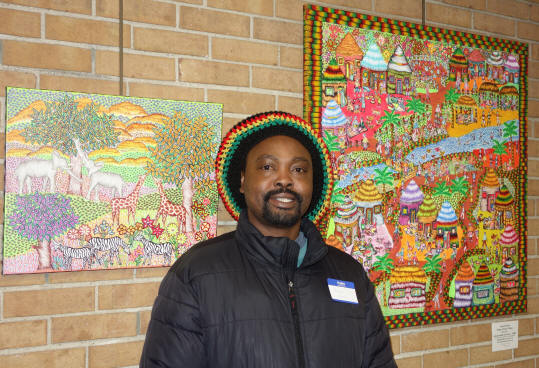
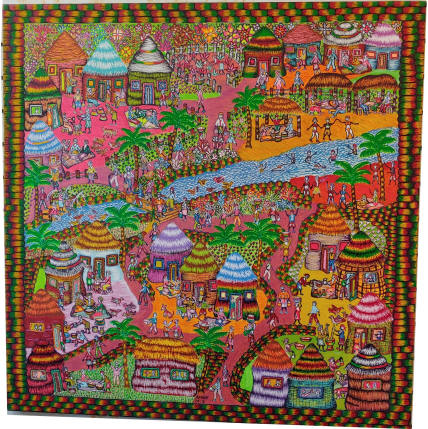
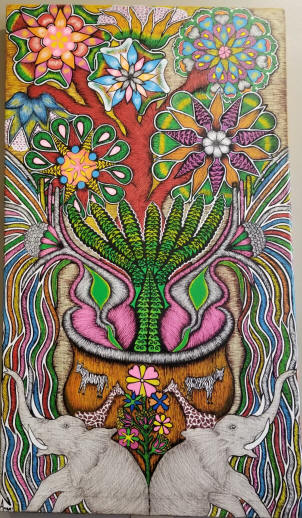 Elephant's Destiny 42 x
34" mixed media on canvas $800
Elephant's Destiny 42 x
34" mixed media on canvas $800
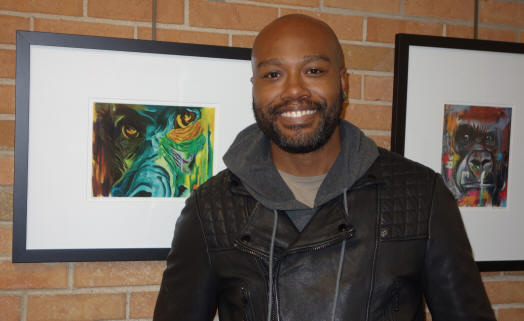
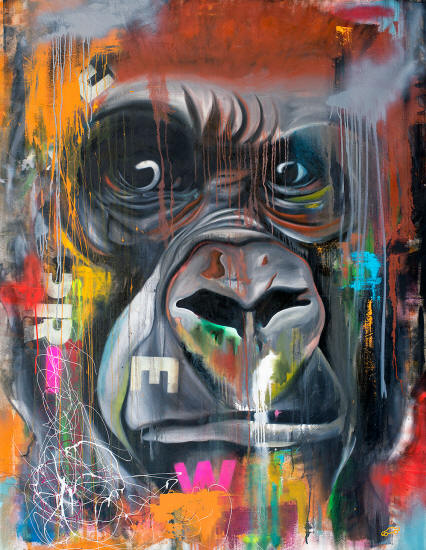
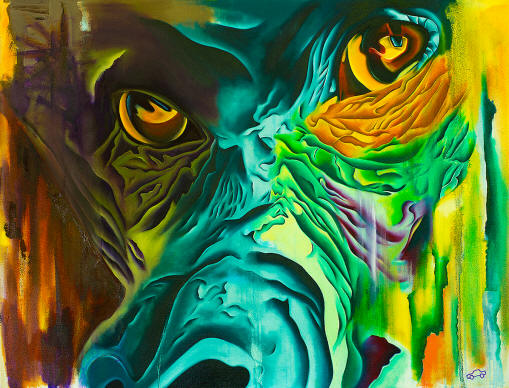
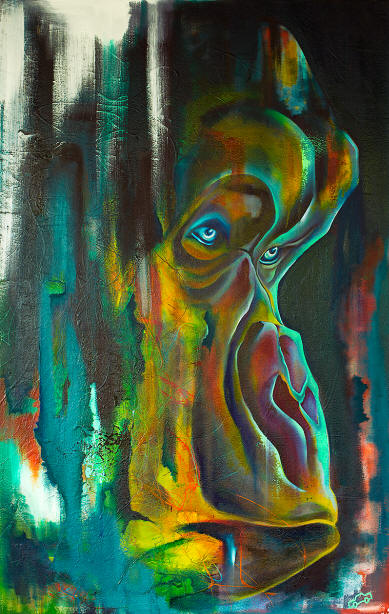
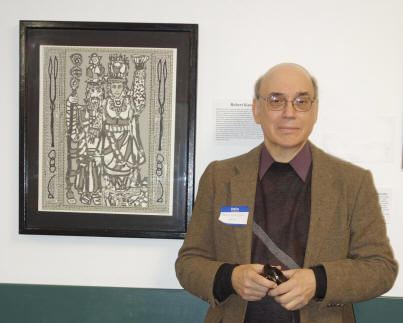
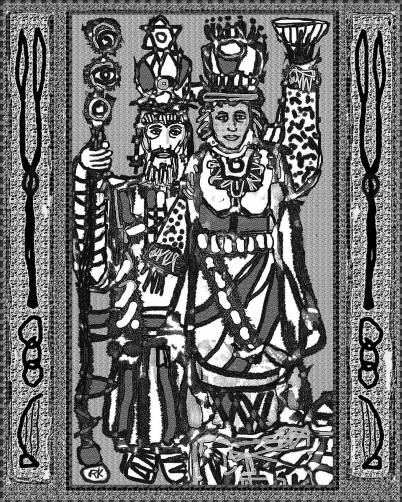
His sculptures and 3D reliefs were recently part of Anatomically Correct Art's
exhibition Home is Where the ART is at the Devonshire Cultural Center.
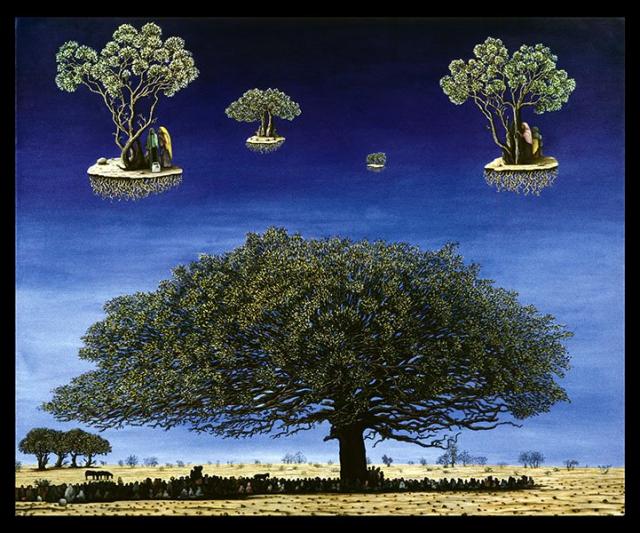
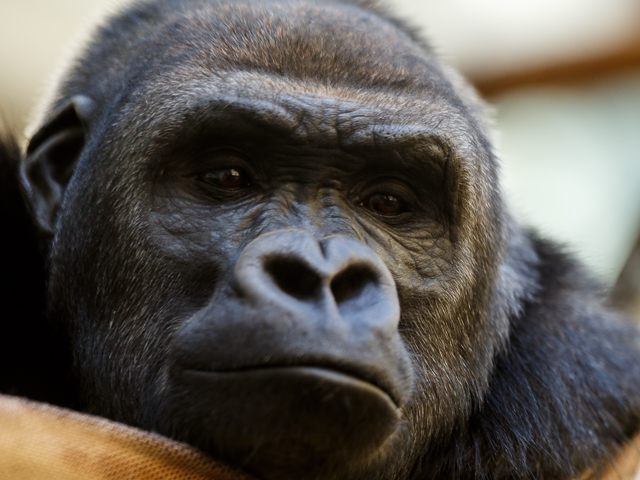
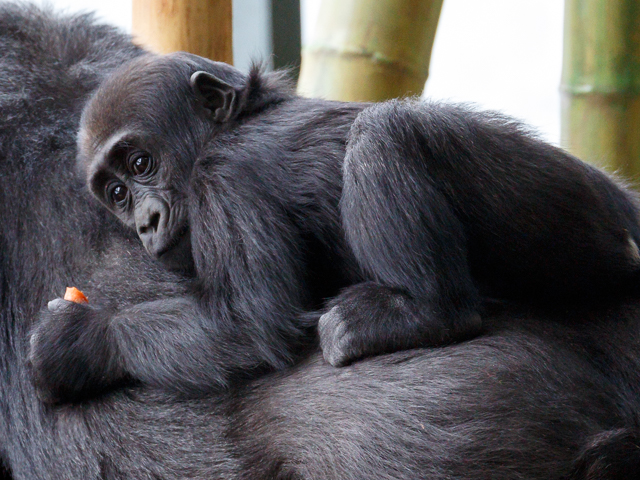
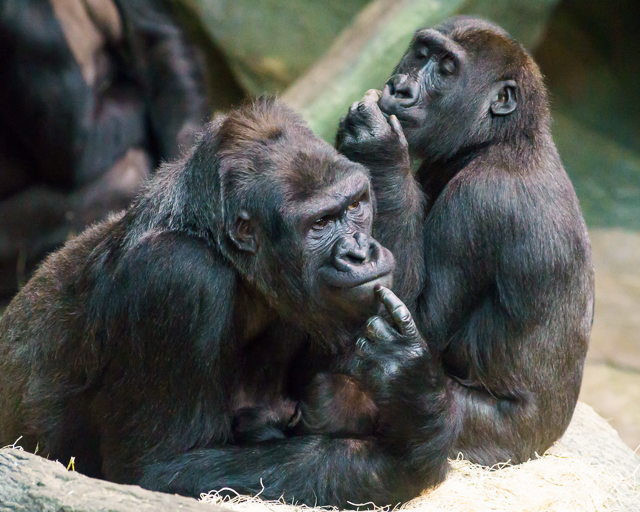
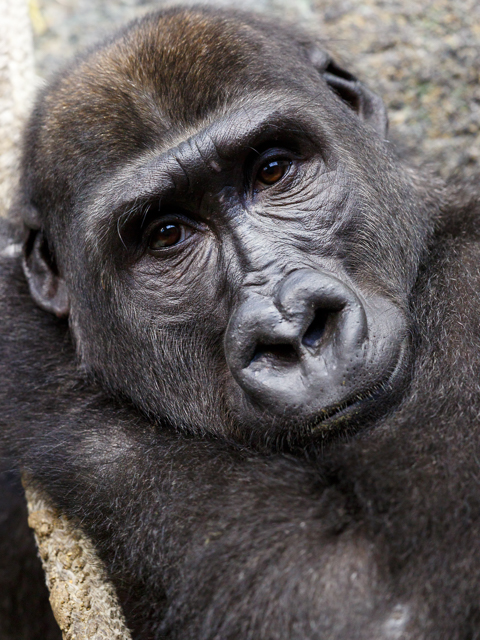
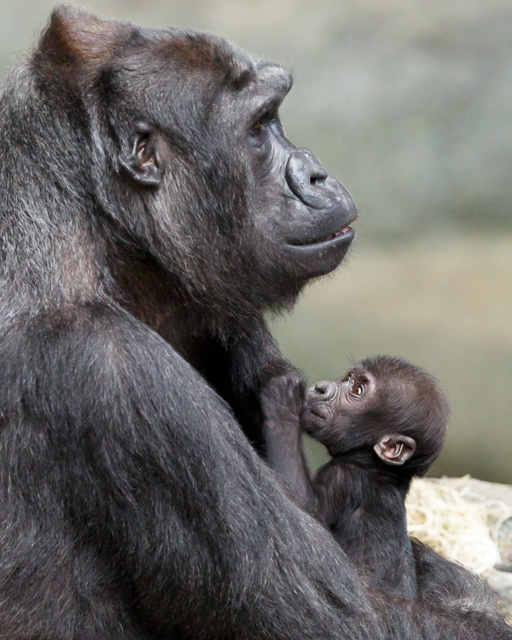
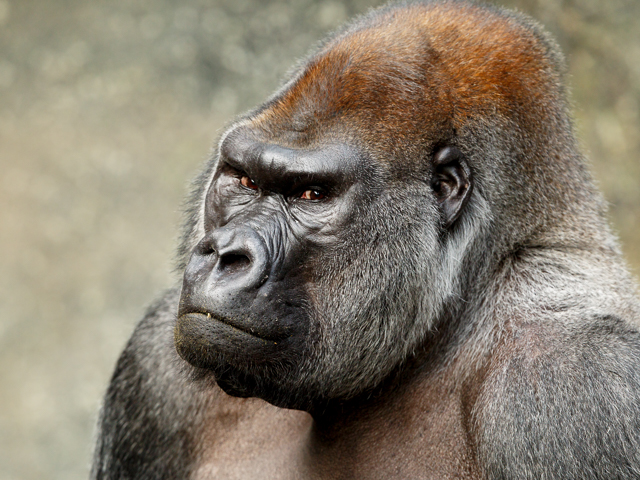
Maureen Warren
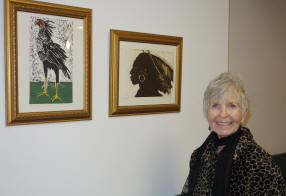
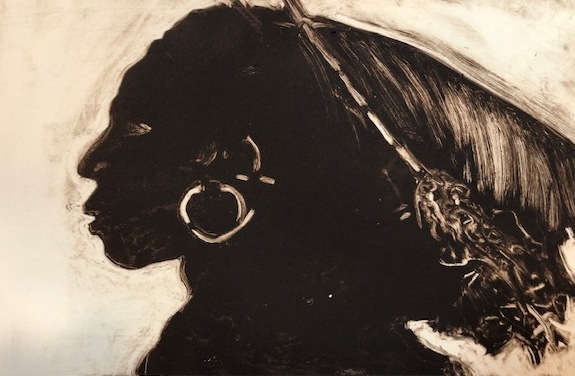
For more information or to purchase artwork, please
contact: